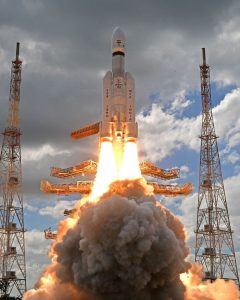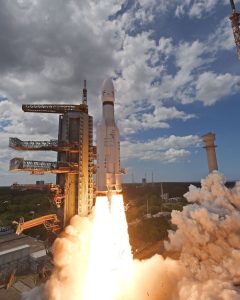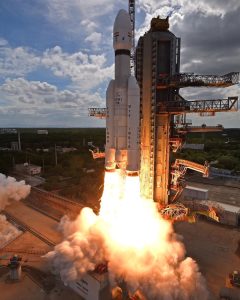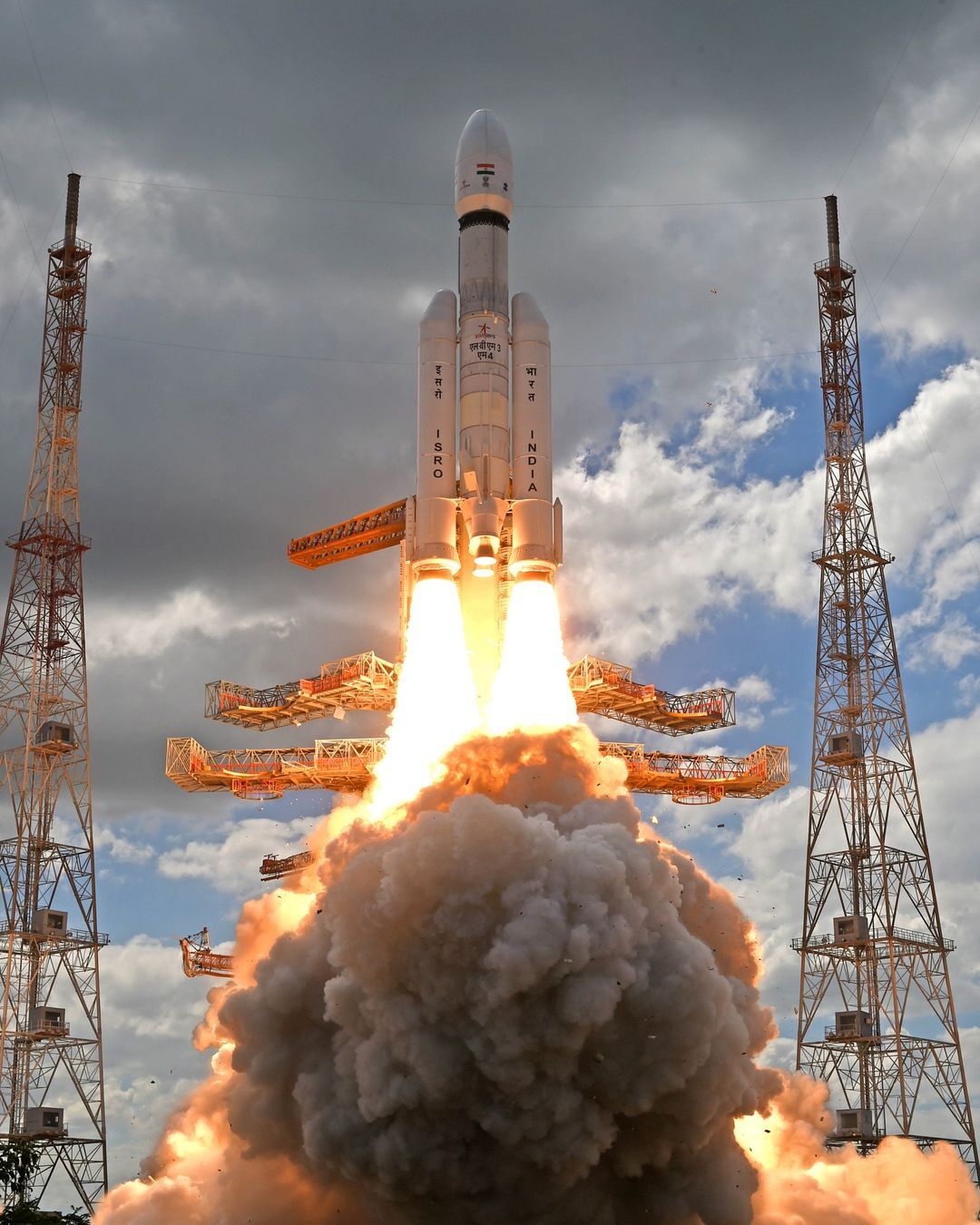
Chandrayaan-3, the upcoming lunar mission by the Indian Space Research Organization (ISRO), holds immense promise and excitement as it builds upon the successes and lessons learned from its predecessor, Chandrayaan-2. This article delves into the ambitious objectives, technological advancements, and anticipated outcomes of Chandrayaan-3, highlighting its significance in India’s space exploration journey.

1. Building upon the Foundation:
Chandrayaan-3 follows in the footsteps of Chandrayaan-2, which achieved several milestones despite a partial setback during its soft landing attempt. The mission demonstrated India’s technological prowess, successfully placing an orbiter around the moon and capturing valuable data. Chandrayaan-3 aims to build upon this foundation, incorporating improvements and addressing the challenges faced during the previous mission.

2. Objectives and Scientific Exploration:
The primary objective of Chandrayaan-3 is to land a lunar rover on the moon’s surface, specifically targeting the south-polar region. This region is of significant scientific interest, as it is believed to harbor water ice and hold crucial insights into the moon’s geological evolution. By studying the lunar surface, composition, and its environment, the mission aims to unravel mysteries about the moon’s origin and shed light on the early stages of the solar system.

3. Technological Advancements:
Chandrayaan-3 will leverage the technological advancements made during Chandrayaan-2 while incorporating improvements to enhance mission success. Key improvements include an upgraded lander and rover design, as well as refinements to the navigation and communication systems. ISRO’s experience and expertise gained from previous missions, along with rigorous testing and simulations, will contribute to a more robust and reliable mission architecture.

4. Enhanced Landing Capabilities:
One of the critical aspects of Chandrayaan-3 is achieving a successful soft landing on the lunar surface. Learning from the lessons of Chandrayaan-2’s landing attempt, ISRO has refined its landing capabilities and systems. The mission will incorporate enhanced guidance and control systems, precise navigation algorithms, and improved autonomous capabilities to increase the chances of a successful landing and rover deployment.
5. International Collaboration:
Chandrayaan-3 highlights India’s commitment to international collaboration and knowledge-sharing in the field of space exploration. ISRO has collaborated with several international partners, including NASA, to leverage their expertise, share resources, and enhance the mission’s scientific capabilities. Such collaborations promote the exchange of knowledge and data, fostering a global scientific community and collective advancement in space research.
6. Scientific Payloads and Instrumentation:
The scientific payloads and instruments onboard Chandrayaan-3 will play a crucial role in the mission’s scientific objectives. These instruments will include cameras, spectrometers, seismometers, and other advanced tools that will provide valuable data about the moon’s surface, composition, and geological features. The data collected will contribute to a better understanding of the moon’s history and evolution.
7. Public Outreach and Awareness:
Chandrayaan-3 serves as a catalyst for public outreach and awareness about space science and exploration in India. Just like its predecessor, the mission is expected to capture the imagination of the public, especially the youth, and inspire the next generation of scientists and engineers. It showcases India’s commitment to scientific excellence and serves as a reminder of the country’s potential in the field of space exploration.
8. Anticipated Outcomes:
The successful completion of Chandrayaan-3 will yield a wealth of scientific data and insights about the moon. It will contribute to ongoing global efforts to understand the moon’s geology, potential resources, and its significance in unraveling the mysteries of the universe. Furthermore, the mission will provide valuable operational experience and enhance ISRO’s capabilities in conducting complex lunar missions.
Chandrayaan-3 represents a significant step forward in India’s space exploration endeavors, building upon the successes and lessons learned from previous missions. With enhanced landing capabilities, advanced scientific instrumentation, and international collaborations, the mission holds immense potential to contribute to our understanding of the moon’s geological history and pave the way for future lunar exploration. Chandrayaan-3 not only exemplifies India’s scientific prowess but also highlights the nation’s commitment to pushing the boundaries of space exploration and fostering international collaboration in the pursuit of knowledge and scientific excellence.

This image quite clearly depicts how things started at ISRO, and now, India stands tall and proud with an amazing future ahead of itself. We, at Grayetrey.com wish a very hearty congratulations to India!



